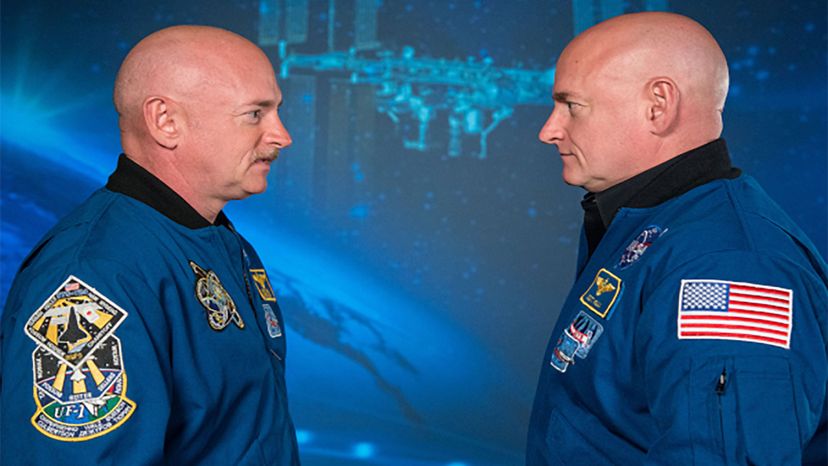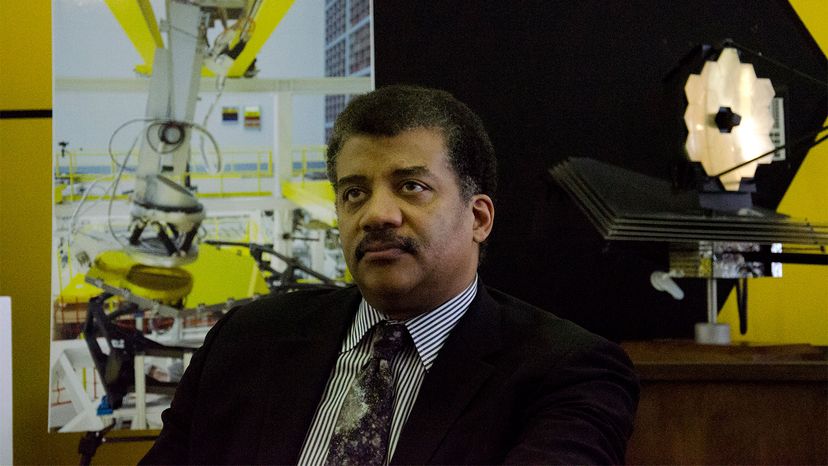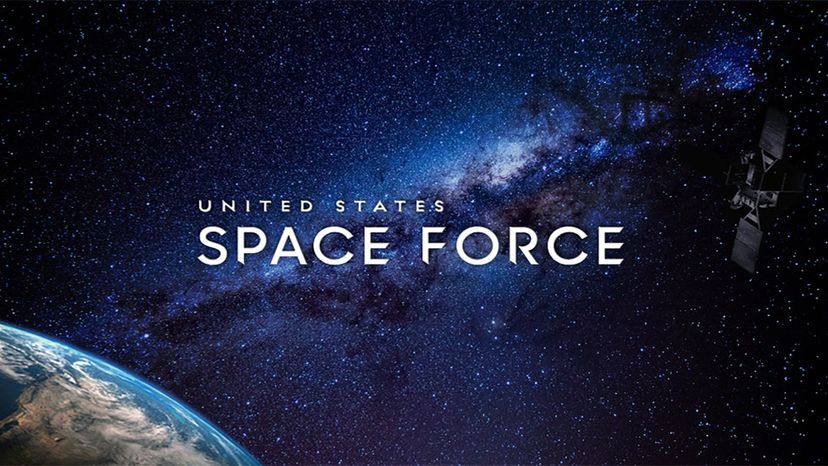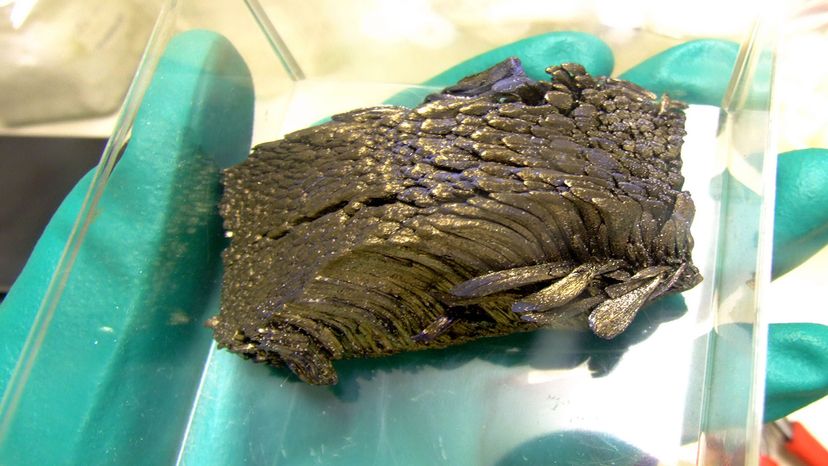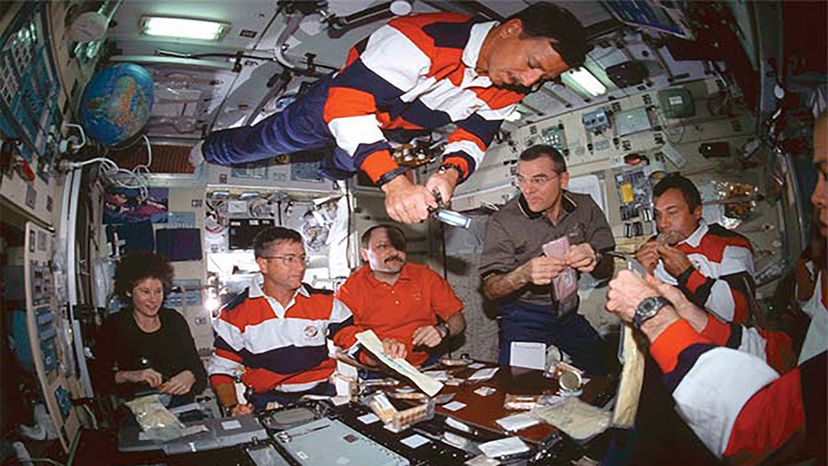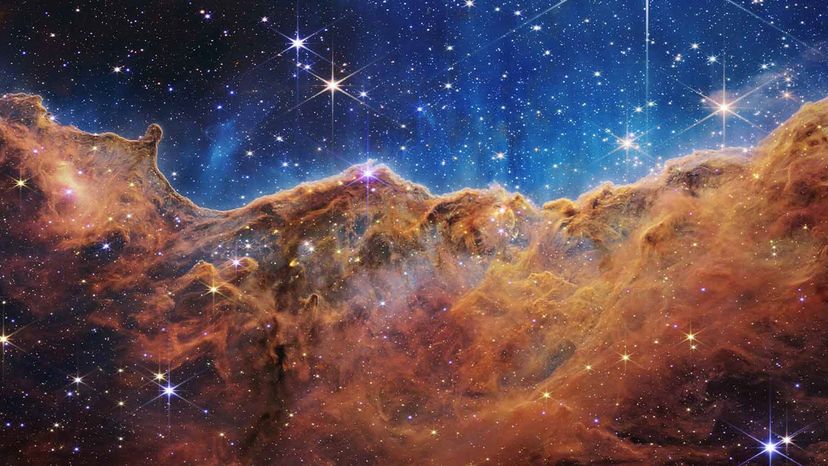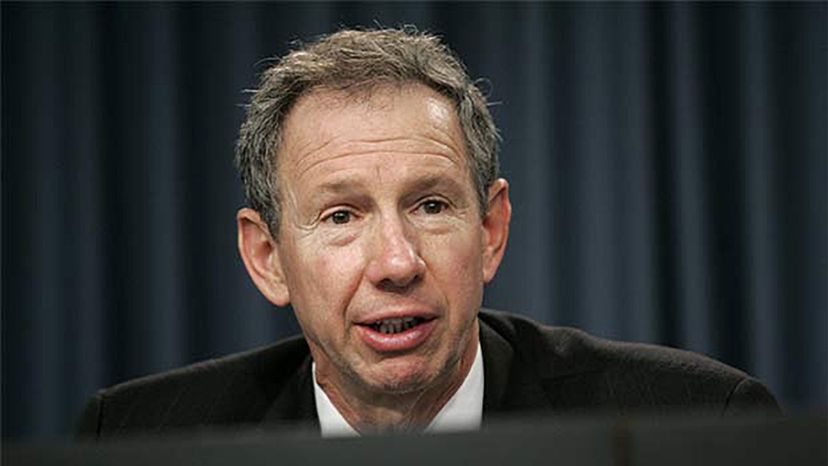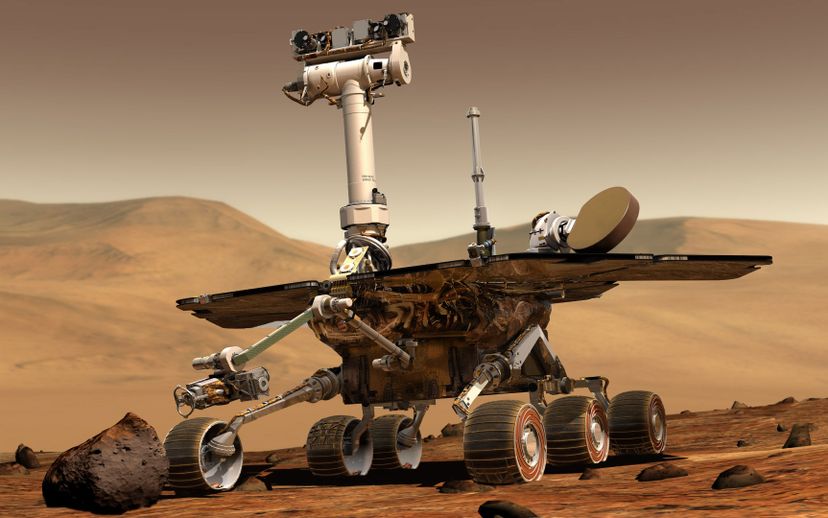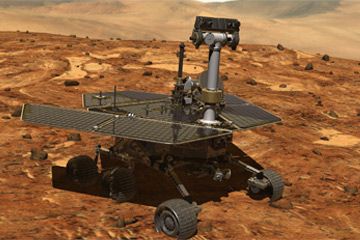At the time of the moon landing in 1969, many people envisioned that by the beginning of the 21st century, space travel would become routine, and we would be visiting other planets in our solar system and perhaps even daring to venture into interstellar space.
That future didn't arrive as planned. In fact, humans haven't made it any deeper into space than when we landed the moon in the late 1960s and early 1970s, though we have operated a manned orbital outpost, the International Space Station, which has been continuously occupied for more than two decades [source: Howell]. NASA currently is planning to resume human missions to the moon in the mid-to-late 2020s, as a prelude to astronauts eventually traveling to Mars [source: Dvorsky].
Advertisement
We've also seen the rise of private space entrepreneurs such as Elon Musk, who has described his dream of building a rocket capable of reaching Mars and supporting a permanent human settlement there [source: Torchinsky]. And other countries are looking to reach Mars as well. China, for example, aims to send its astronauts to the Red Planet by 2033 [source: Kharpal].
But those who've long dreamed of humans becoming a truly spacefaring race argue that exploring space provides down-to-earth benefits in areas such as health, mining and security. And more inspirational benefits, too. Here are some of the most compelling arguments for continuing the exploration of space.



